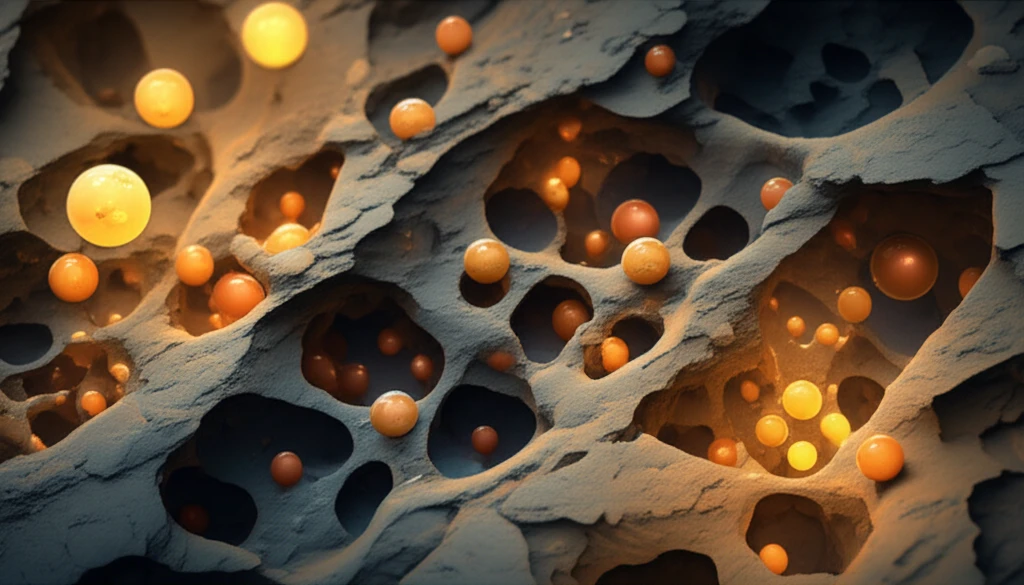
Unlocking Shale Gas: How Tiny Pores Hold the Key to Energy
"Scientists are diving deep into the nano-world of shale to understand how pore structure impacts gas extraction, paving the way for more efficient energy production."
Shale gas, a natural gas trapped within shale formations, has become a significant energy source. China, with its abundant coal-bearing strata, is particularly interested in unlocking the potential of these resources. However, extracting shale gas isn't easy. It requires understanding the complex network of pores within the shale, where the gas resides.
Imagine a sponge, but instead of water, it holds natural gas, and the holes are so tiny you can't see them with the naked eye. These 'nano-pores' are the key to shale gas extraction. The size, shape, and arrangement of these pores determine how much gas can be stored and how easily it can be extracted.
A new study, published in the Journal of Nanoscience and Nanotechnology, investigates the nano-scale pore structure of marine-continental transitional shale from the Liulin area in China's Ordos Basin. By understanding these microscopic details, scientists hope to improve shale gas extraction techniques and boost energy production.
What Makes Shale Pores So Important for Natural Gas Storage?

Think of shale as a microscopic labyrinth. The pores within this rock are where natural gas molecules are trapped. These pores are classified by size, following guidelines set by the International Union of Pure and Applied Chemistry (IUPAC):
- Scanning electron microscopy (SEM) to visualize the pores directly.
- Low-temperature nitrogen adsorption/desorption to measure pore size distribution.
- X-ray diffraction to identify mineral composition.
- Geochemical analyses to determine the type and amount of organic matter.
Why This Matters: The Future of Shale Gas
This detailed analysis of shale pore structures provides valuable insights for optimizing shale gas extraction. Understanding the interplay between pore size, mineral composition, and organic matter is crucial for developing more efficient and targeted extraction methods.
The research highlights the importance of mesopores (2-50 nm) and macropores (50-300 nm) for gas storage and transport in this type of shale. The type of organic matter and the presence of clay minerals, particularly mixed-layer illite-smectite, also play significant roles in pore development.
By tailoring extraction techniques to the specific characteristics of these shale formations, we can unlock more of this valuable energy resource while minimizing environmental impact. Further research in this area could lead to breakthroughs in enhanced gas recovery and a more sustainable energy future.
